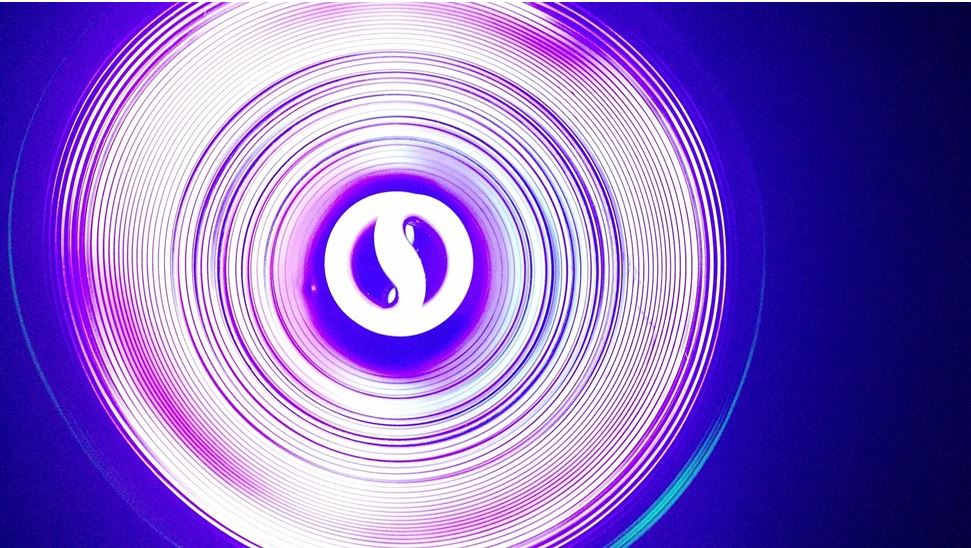When working with germ-free or axenic mice we would like to point out that the germicidal lamps are used for disinfecting the interior surfaces of a biosafety cabinet prior to and after use. The germicidal properties of ultraviolet light are used in addition to routine chemical disinfection and must not be relied on as the sole method of disinfection, seeing that the activity of UV lights for sterilization/decontamination purposes can be limited by a number of factors including:
Penetration: UV light does not penetrate soil or dust. Microorganisms beneath dust particles or beneath the work surface are not affected by UV radiation. Areas hidden or shadowed from the light are not disinfected.
Relative Humidity: Humidity decreases the effectiveness of UV light. Antimicrobial effects of UV light drops off precipitously above 70% relative humidity.
Temperature and Air Movement: Optimum temperature for UV light output is 25 to 27° C (77 to 80°F). Temperatures below this optimum level result in reduced output of the antimicrobial wavelength.
Lamp Cleanliness: Dust and dirt can block the germicidal effectiveness of UV lights. UV lamps need to be cleaned weekly with a mixture of alcohol and water.
Lamp Age: The intensity of UV light emitted from UV lamps decreases with age, and bulb ratings (hours of use) may vary by manufacturer. UV lamps need to be checked periodically to ensure the intensity of UV light needed for germicidal activity is being emitted.
As to the effectiveness of UV irradiation the CDC (Center for Disease Control) states that the minimal irradiance at the interior surfaces of the biosafety cabinet should not be less than 40 uW/cm2.
To be thorough, you can find, here below, two scientific studies about the effectiveness and use of UV lamps in a class II Biosafety Cabinet
https://academic.oup.com/labmed/article/38/3/165/2504576
https://www.liebertpub.com/doi/pdf/10.1177/153567600801300306

Recent Articles
- Gnotobiotic facilities: writing inside isolators 4 April 2022
- Germ-free cage sterilization 24 January 2022
- Microbiota and its importance in aging 25 October 2021
- Procedural diversity and technical choices working with gnotobiotic mice in IVCs. (part 2) 27 September 2021
- Procedural diversity and technical choices working with gnotobiotic mice in IVCs. (part 1) 30 August 2021
DVC – Digital Ventilated Cage for digital vivarium

The DVC® is capable to provide novel insights and enhance animal welfare checks thanks to the automatic data collection directly from the cage level. Specifically designed DVC® board enables different benefits for the researchers and vivarium people.


